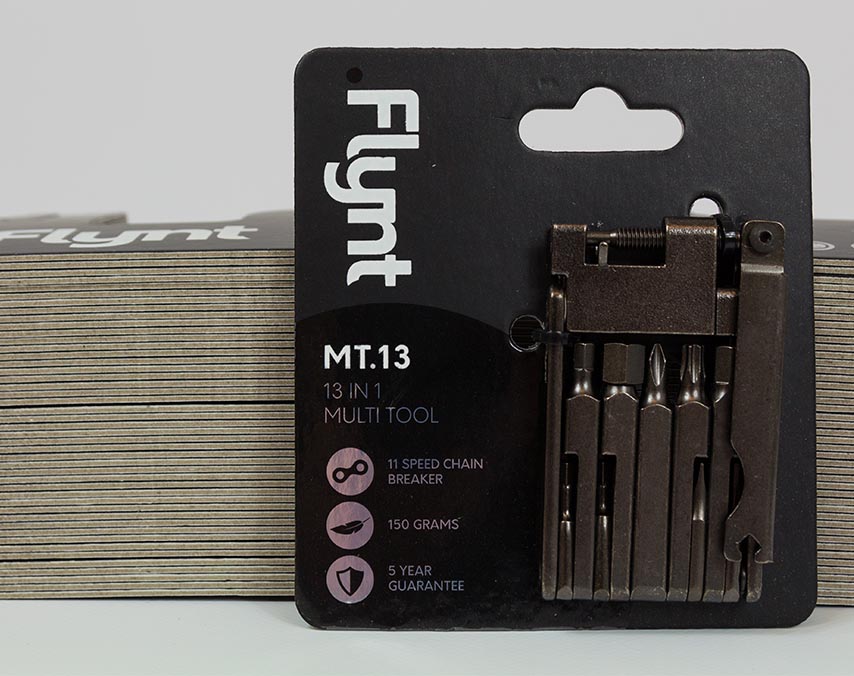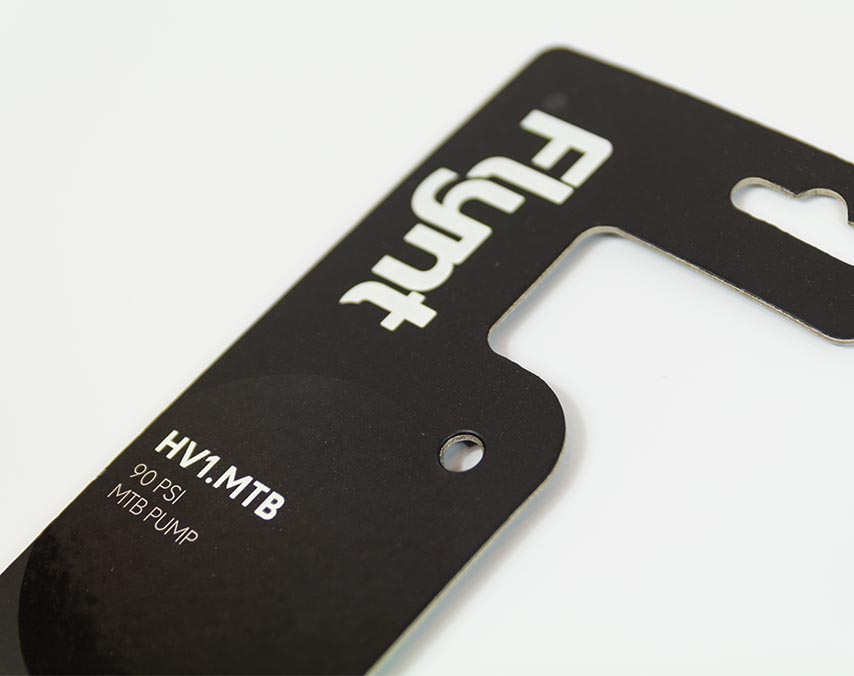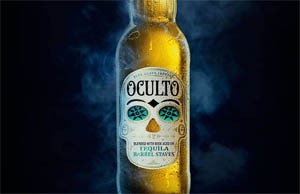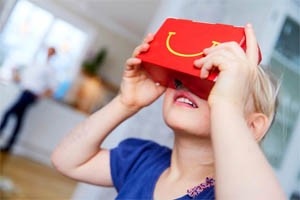We have a great working relationship with the guys at Evans Cycles so we were only too happy help them in printing a few prototype sheets for a new range of product packaging. Initial test sheets did not go as well as planned as we were trying to simulate a silver foil finish with a digital enhancing press using a polymer gel which struggled to cope with fine detail. Not to be beaten by the short comings of technology we had an internal discussion and reviewed materials and processes to come up with a solution which the customer could take forward. As this was for their new, high end range of tools and accessories it was crucial that we got it right for them.
After a few days the prototype sheets were ready, the new materials and process paid off and they looked amazing. Instead of using a white sheet and foiling, we used a silver mirror finish board, white ink and reversed out black type which achieved the desired effect leaving crisp text and sharp images gleaming through in metallic silver. Finally, we used the enhancing press to simulate the spot UV varnish that would be applied on the full run.
It’s funny how one thing can often lead to another…
On seeing the prototype sheets, Evans Cycles’ head designer was delighted with the results. So much so it prompted further discussion and details for the full production run.
The prototypes were approved and we were asked to quote for the full production run.
The design for the range and packaging was great and it was up to us to turn it in to a physical product that echoed the same level of quality as the accessories themselves. It’s clear that we share a common value with Evans Cycles of “Quality Makes It Better”. The pumps are made of aluminium and are quite heavy, not in terms of bike pumps, but in terms of hanging from a piece of card. We had to make header boards strong enough to hold up on an in store hanger . We devised a method of triplexing 3 sheets together; the top sheet being silver mirror board (the customer facing side), the middle section a 1250 micron board to add rigidity and strength and the back sheet containing product information, barcodes etc.. a white uncoated sheet. Once bonded together the outcome is a super thick header card!
Product embellishment:
The spec for this was straight from the design team and needed no intervention from us – it suited it perfectly; an overall matt laminate to contrast the gloss spot UV, once die cut to shape and pushed out the sheet the product came to life.
Fulfilment:
As we share the same trading estate we thought we could add further value to the project by offering our fulfilment service. This minimised physical movement of the products (all 15 pallets worth) which saved a huge amount in transport costs, drastically reducing the time to market and enabling Evans to distribute to their 60 stores quickly.
The initial batch of 200 items of 8 different products was delivered within a few days of the printed sheets being die cut. From then we set up a regular delivery every week to further supply the provisions warehouse. After some 15,000 items delivered, the first batch of this product line is completed. Roll on the next batch!
A few words from the client:
“Burst have always produced a first class experience no matter what the job, but when we approached them for a new packaging project they certainly pulled the stops out. With the nature of the brief they sat down with us on numerous occasions throughout the process to discuss all the best practices and techniques along with what materials would work best to achieve the look we were after. Burst not only handled print but took on all the fulfilment too. The result was a premium finish to compliment the product and a job I am particularly proud of”
Spencer Carter – Head Designer
Check out the Evans Cycles website here for a great deal on a new bike! And the Flynt range can be found here The Flynt range
If you have a project in mind that you would like to explore or need a clever solution to a print orientated product please feel free to get in touch on 01293 660723.



